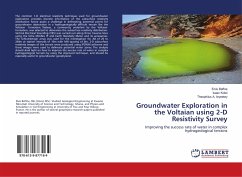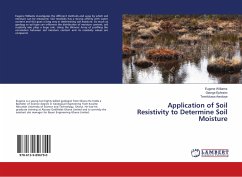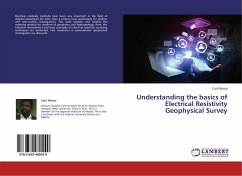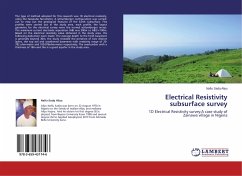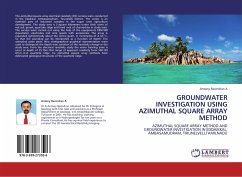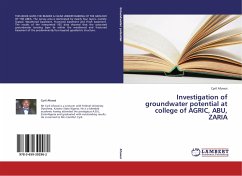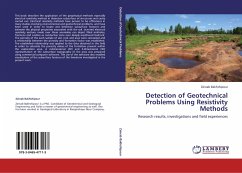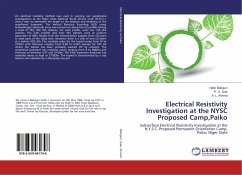The common 1-D electrical resistivity technique used for groundwater exploration provides discrete information of the subsurface resistivity distribution hence poses a challenge in delineating potential points for groundwater abstraction in a hydrogeologically difficult terrain like the Voltaian formation. Tadieso, a community underlain by the Voltaian formation, was selected to determine the subsurface resistivity distribution. Vertical Electrical Sounding (VES) was carried out along three traverse lines using the Ultra MiniRes IP and Earth Resistivity Meter and its accessories. The Schlumberger array was used for the investigation for AB of 20 to 240m at station intervals of 10m with MN spacing of 8m. 2-D subsurface resistivity images of the terrain were produced using IP2WIN software and these images were used to delineate potential water zones. The analysis should shed light on how to improve the success rate of water in complex hydrogeological terrains by using the improved technique, and should be especially useful to groundwater geophysicist.
Bitte wählen Sie Ihr Anliegen aus.
Rechnungen
Retourenschein anfordern
Bestellstatus
Storno

